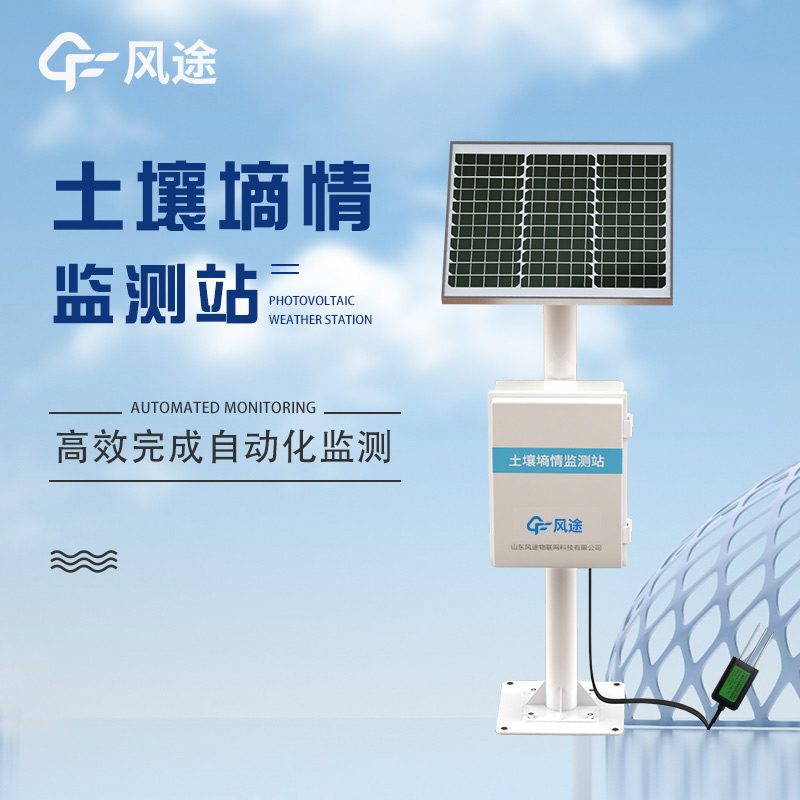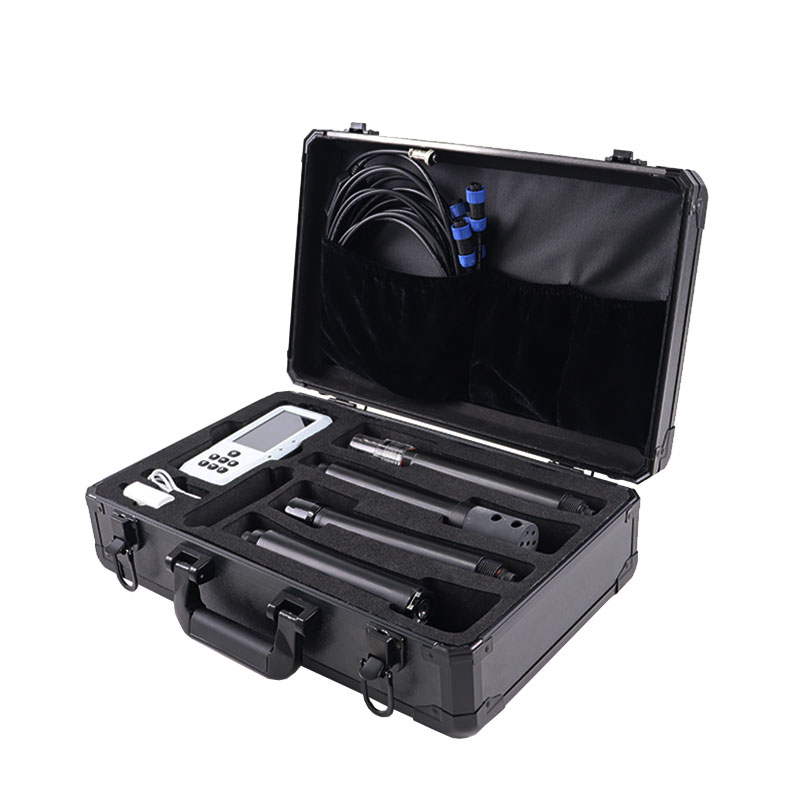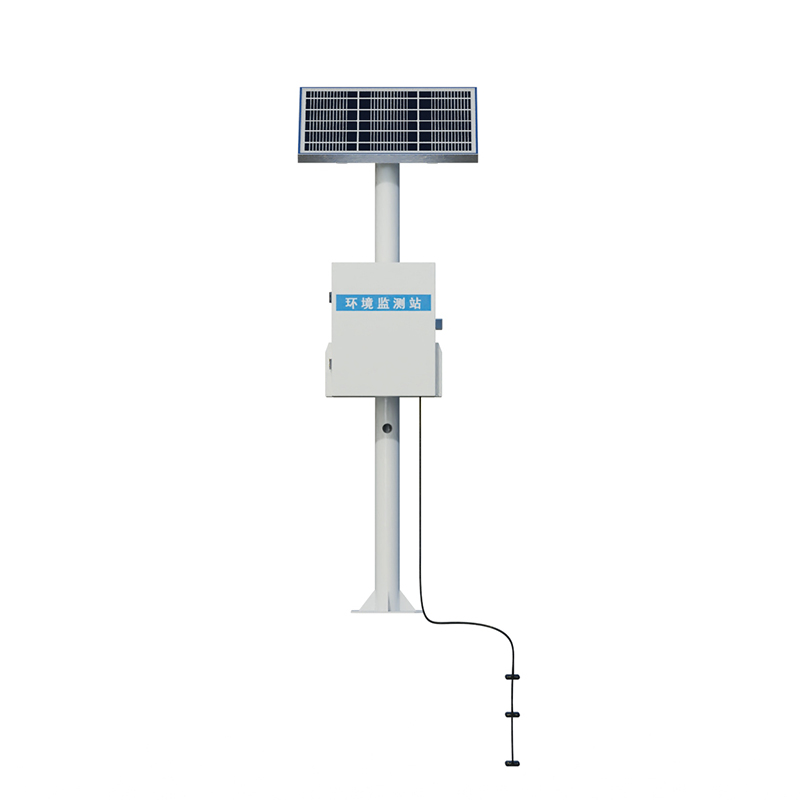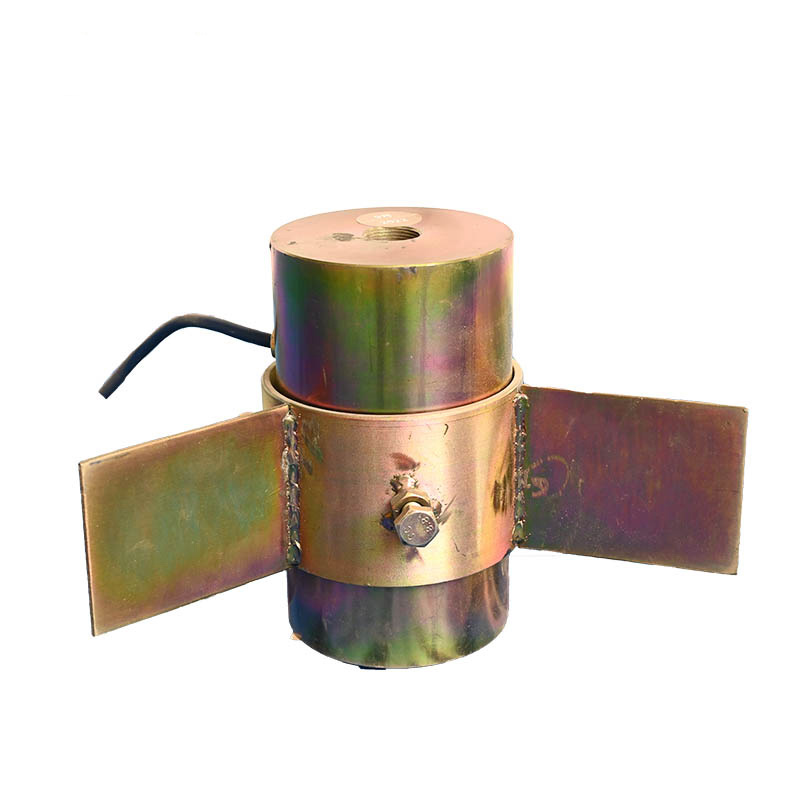Soil moisture monitoring (that is, soil humidity measurement) is of great necessity. First of all, the growth and production of crops require water, and the amount and time of irrigation are crucial to the health and yield of crops. Especially nowadays with climate change and unpredictable weather, farmers rely on irrigation, but at the same time they face the pressure of saving water and maintaining water quality. Soil moisture monitoring can guide rational irrigation. Secondly, grower reports show that it can increase yields by 10%, and university case studies indicate that the yields of some crops can be increased by 20% and the growth cycle can be accelerated. Thirdly, the impact of irrigation on plant diseases is complex. It is crucial to understand crops, diseases that are prone to occur, and the role of irrigation in the spread of diseases. Insufficient or excessive irrigation can cause problems. For example, water stress during the tuber formation stage of potato growth can increase the incidence of gibberellic disease. Excessive irrigation can create a suitable environment for pathogens and cause soil - borne diseases. Soil moisture monitoring can avoid these problems. Finally, accurately grasping the time and amount of irrigation to ensure plant health is the best disease prevention strategy, which depends on soil moisture monitoring.
Soil Moisture Testing Equipment, with the Internet of Things sensor as the core, is a multifunctional Internet of Things data logger and sensor hub.
It is mainly used for accurately monitoring soil humidity and quality. It can be integrated with a variety of wireless soil humidity sensors to collect relevant data and transmit them to the terminal platform. Its sturdy and weather - proof housing ensures the reliability of data collection and transmission, and helps optimize soil management, increase crop yields, and improve sustainability.
This system performs well in the following aspects: First, near - real - time data access enables users to quickly obtain soil data. Farmers and environmental managers can make rapid and rational decisions based on this, which helps optimize irrigation and fertilization plans and ensure ideal soil conditions. Second, the data is precise and accurate. Its universality allows it to connect low - cost, high - quality sensors, reducing water and fertilizer waste, improving resource efficiency, and promoting sustainable practices. Third, easy configuration and extensibility. The modular design and plug - and - play Internet of Things cards facilitate setup and customization according to specific requirements. The extensible architecture supports the integration of multiple sensors, and a wide - ranging monitoring network covering large - scale farmland or environmental sites can be constructed.

This paper addresses:https://fengtusz.com/industry/519.html









